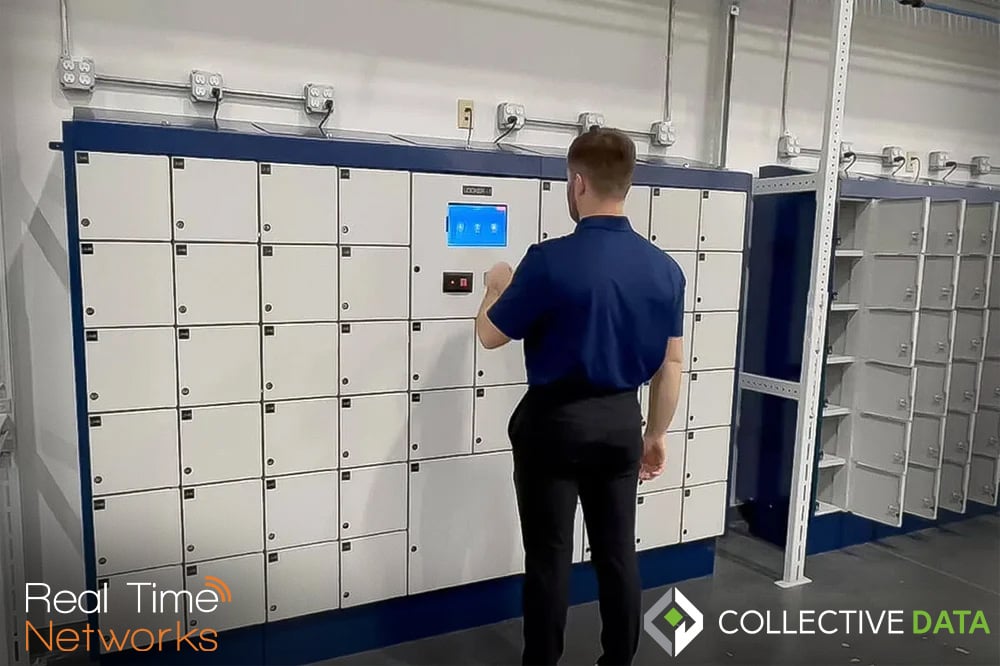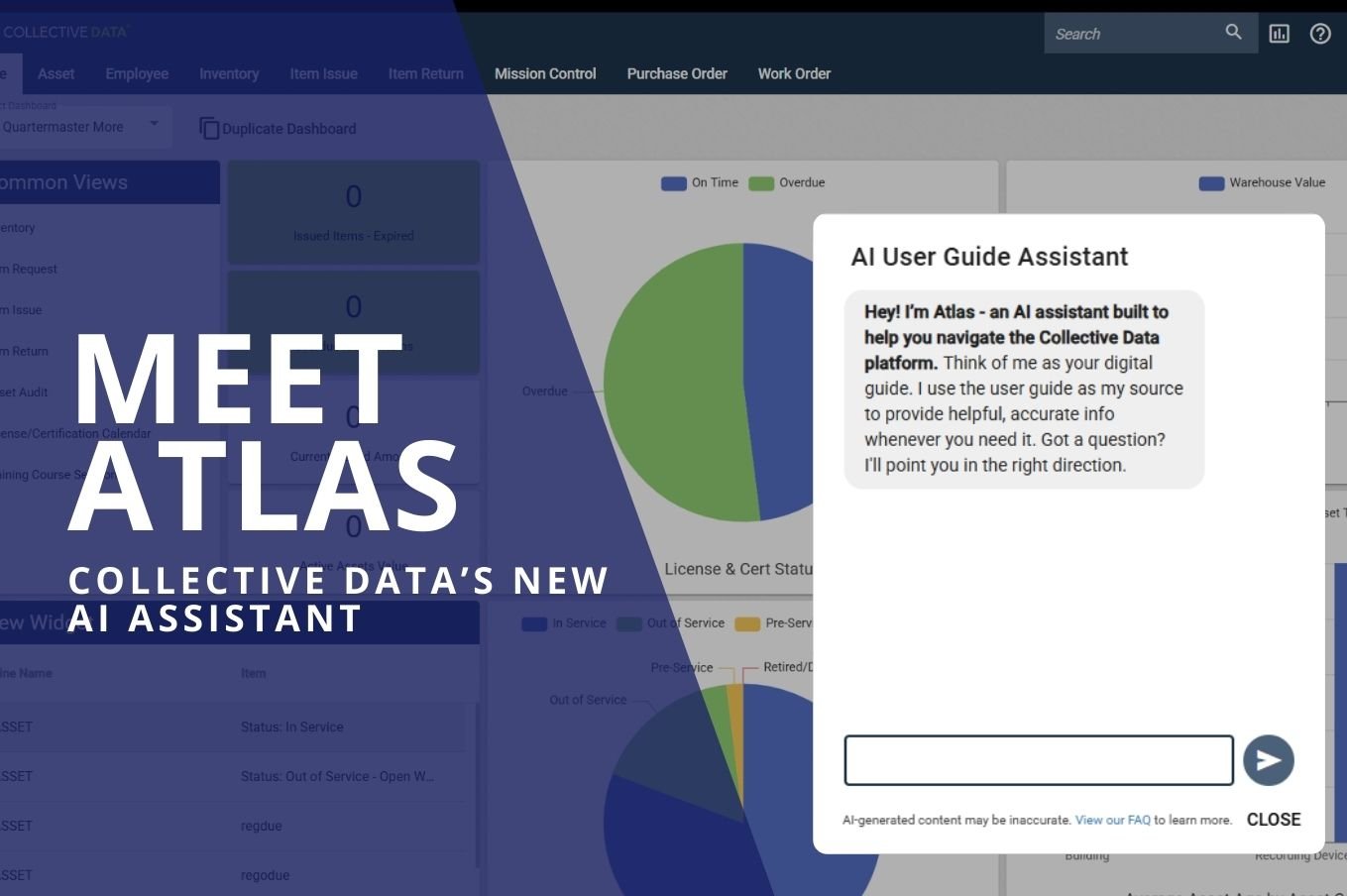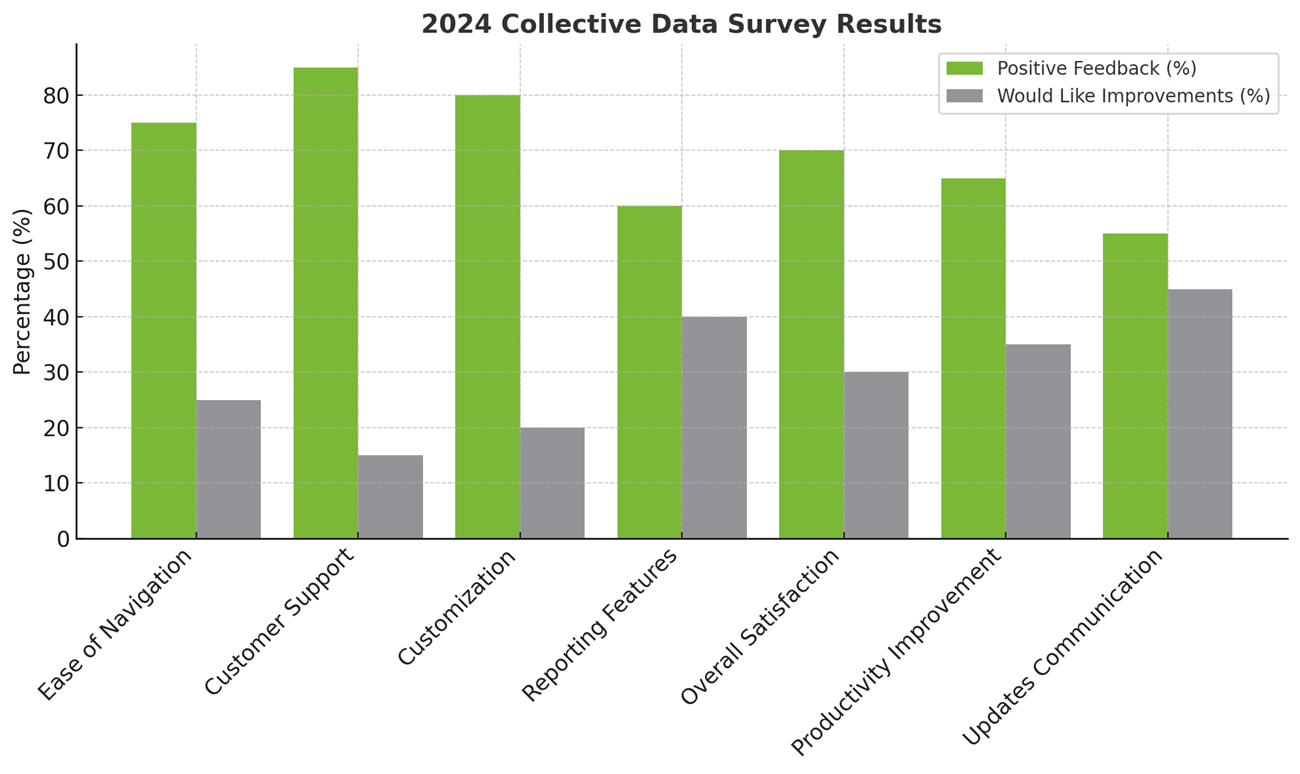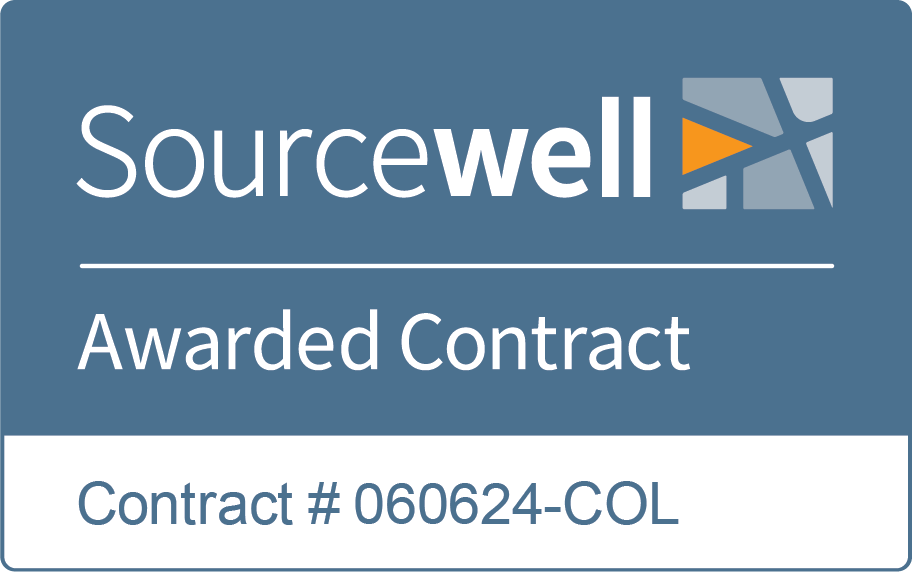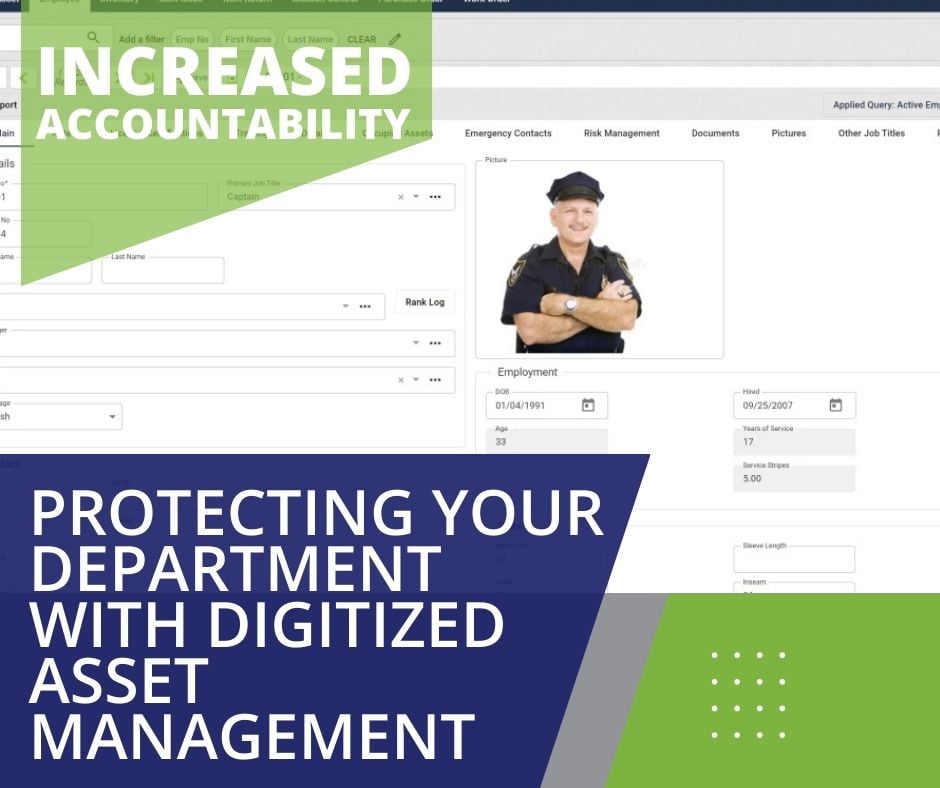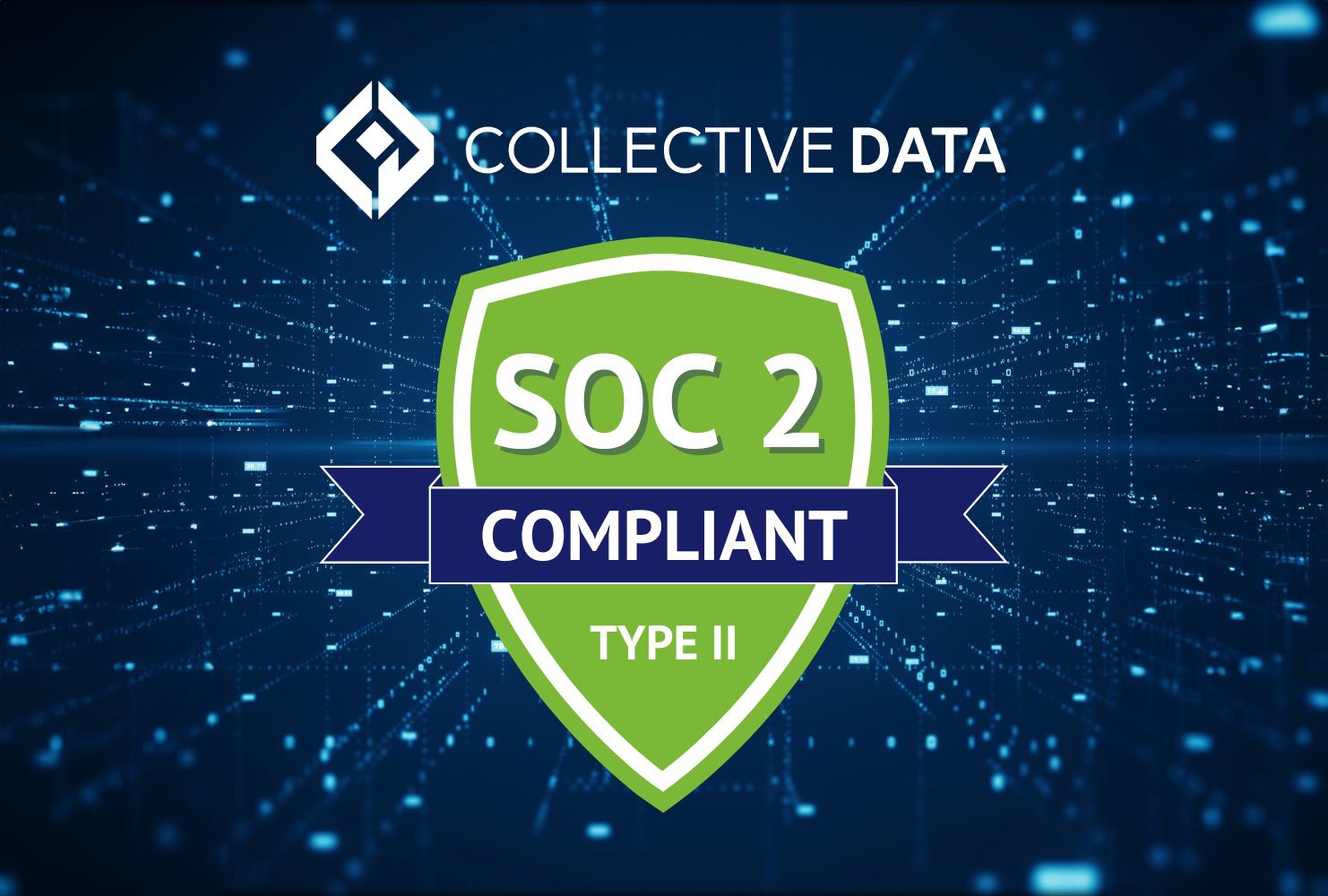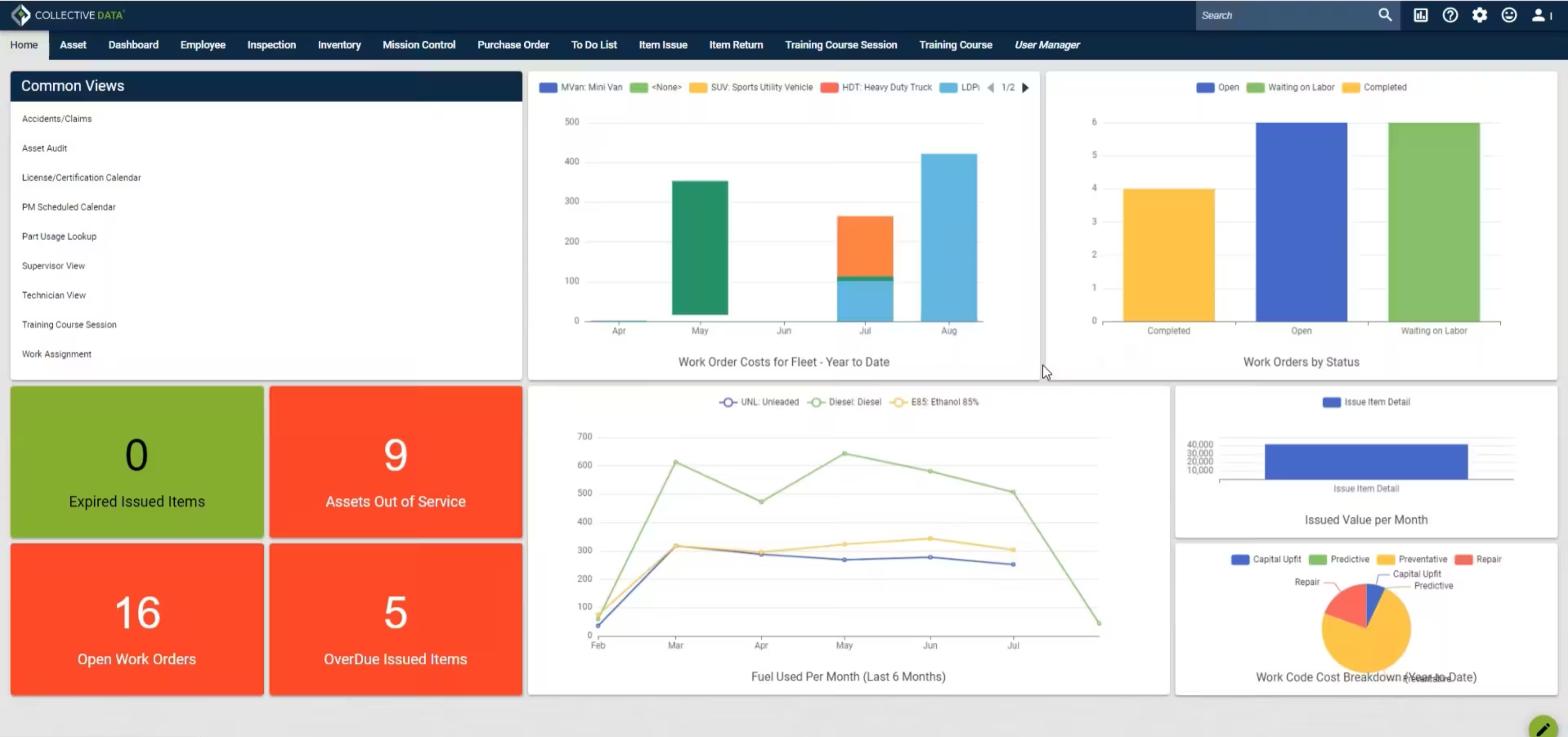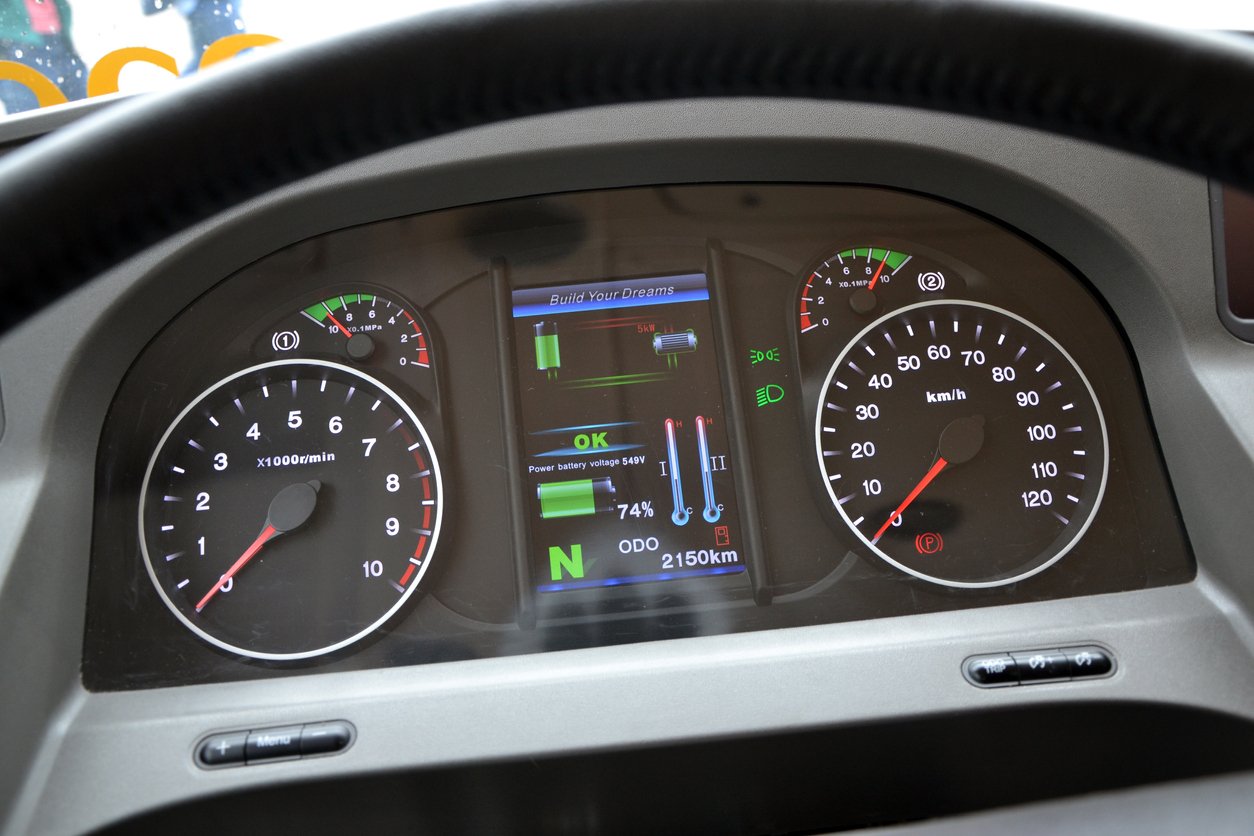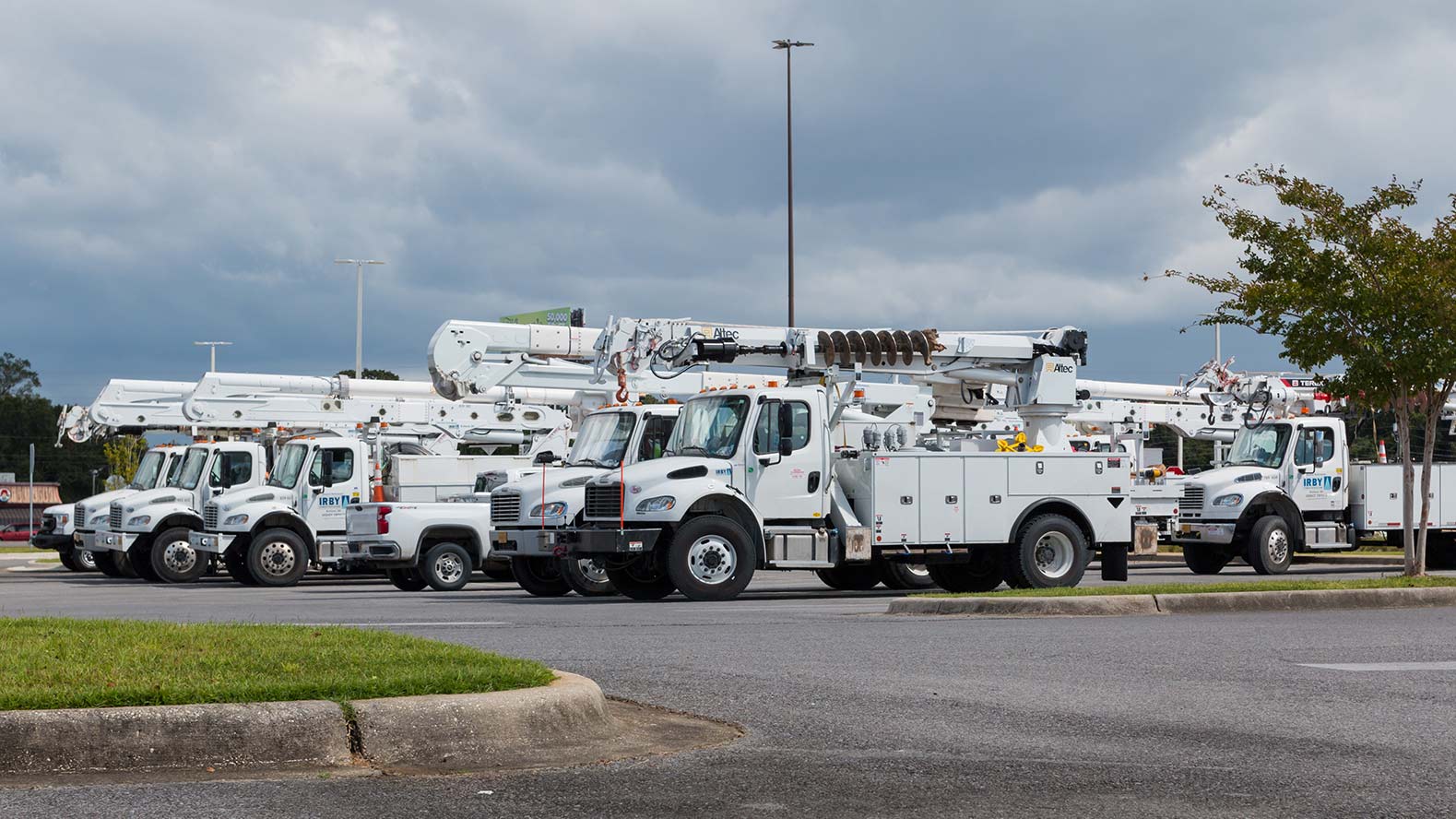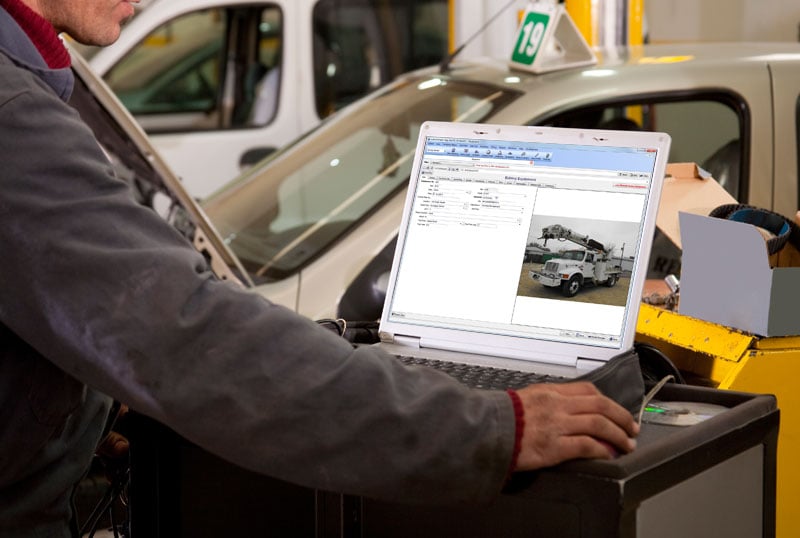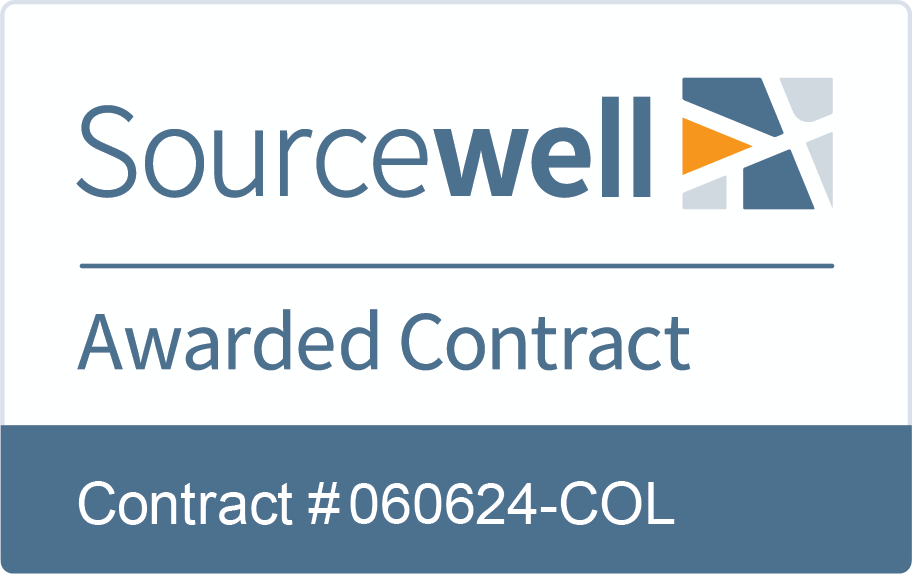With so many roads you could be led down when looking for fleet management software, which one is the best route for your organization? To help aid you in your search, here are a few common misconceptions about fleet management software and information related to each.
Misconception #1: Fleet management systems are too costly
Sure, some systems are more costly than others but they definitely don’t have to be too expensive. A good system will help you reduce spending in areas that you are over spending, such as parts inventory, and help you optimize your resources. In the long run, not having a fleet management software system will end up costing you more money than not having one at all.
One word of advice though: You do get what you pay for. The functionality and power of a $3,000 dollar fleet management system will not compare to something in the mid or high price range. But in a counterpoint, if you purchase a really expensive fleet management system it might not do anything more for your organization than a mid-priced solution would… except eat up more of your budget. It all depends on the needs of your business and what system will help you accomplish your ultimate goals.
For your reference, software will typically require an initial investment within the ranges seen below. If you’re looking at software as a service system (SaaS), cost totals will equal this after about one to three years of payments.
1. Basic fleet management software: $500 – $10,000
*Meets the needs of smaller fleets (typically fewer than 100 vehicles). Offers less customization options and/or features.
2. Mid-tier solutions with more flexibility, integrations with 3rd party software, and reliable customer support and training programs – $10,000 – $80,000
*The mid-tier providers will meet the needs of most organizations with anywhere from 100 – 3,000 pieces of equipment
3. Upper-tier solutions – $80,000+
*Typically for very large fleets beyond 3,000 pieces of equipment. Commonly part of a much larger Enterprise Resource Planning (ERP) system.
Misconception #2: Smaller fleets don’t need a fleet management system
Everyone can benefit from implementing a fleet management system. Big or small, the advantages of a fleet management system stay the same. You can manage your work flow, send automatic email alerts, improve customer service, easily compile reports, etc. The size of your fleet doesn’t change the fact that you want to lower spending and increase profitability. There is always room for improvement and the possibility of company growth.
However, smaller fleets won’t have the same needs as a larger organization. They’ll be in need of a much more basic system and will probably have fewer users. This will make the software they choose more affordable in relation to their size and requirements.
Misconception #3: Every fleet management system is the same
Most fleet management systems are designed to do some of the same things, but how well they run, the flexibility, and ease of use will all be different. Most fleet management software solutions will help you track preventive maintenance, parts, warranties, work orders, etc . But, much of the value of a certain type of fleet management system will be behind the “feature checklist”. Do what you can to find out what that vendor’s strength is and if that will benefit you.
Regarding reports, you’ll see a wide variety of reporting options among systems. Some will have more stock reports than others. Some will offer easy custom report options and some won’t. Some will allow you to run a report and drill down to more specific details within that report after it’s run. The most important thing is that you’re able to pull data and show management the needed information to make justifiable and money saving decisions. So when you’re looking at a new fleet management system, learn as much as you can about their reporting capabilities and if it will work for you now and in the future. Not all systems will be the same.
Misconception #4: Implementing fleet management software will be too difficult
Some people assume that the only way for software to be successful is if you can purchase it right out of the box, install it, turn it on and gain immediate results. Unfortunately that’s not how it works. No matter what system you buy, you’re going to need to have data there in order to yield any benefit. You’ll also need to know how to properly input that data. However, a good fleet management software company will help make the implementation process as easy and quick as possible by providing legacy data imports, excellent training, and technical support.
Training is especially important and it will make it much easier to implement. There are things to learn about every fleet management system and to utilize it to its fullest ability, you’ll want to be trained on everything that it can do. Many fleet management software solutions also offer mobile and remote options which can save you more time in the long run by not having to be at your desk or a computer to look something up in real-time. Fleet management software should save you time, so taking the initial step to learn the software more thoroughly will help you improve productivity even more.
Conclusion
These are just a few common misconceptions about fleet management software. After reading, if you still have a few concerns regarding what you should be spending on a system and what you need, please contact us here at Collective Data and we’d be happy to provide a free consultation to help you as you look for the right fleet management solution for your business.



